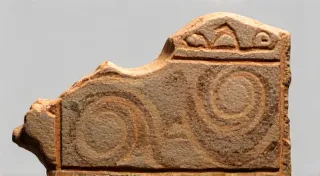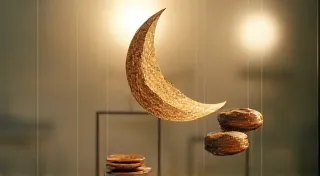Sculpting Silence: The Art of Cabochon Making as a Reflection of Inner Peace
There's a peculiar resonance between the gentle wheeze of an antique accordion and the quiet focus required for cabochon making. Both demand a slow, deliberate rhythm, a willingness to listen to the nuances of the material, and a profound respect for the process itself. I discovered this connection unexpectedly, finding solace in both during periods of intense anxiety. The accordion, a relic of a bygone era, a vessel of forgotten melodies, offered a release through its bittersweet music. Cabochon making, on the other hand, provided a path to a deeper, quieter form of escape – a focusing point where the world could momentarily fade.
My journey into cabochon making began, not as a deliberate pursuit of a craft, but as an instinctive need for stillness. I was overwhelmed, constantly bombarded by external noise and internal anxieties. A friend, knowing my love for tactile pursuits, suggested I try lapidary. The term felt intimidating, conjuring images of complex machinery and scientific precision. But he assured me that cabochon making, specifically, was an accessible entry point. And so, I began.
The first stone I worked with was a piece of Brazilian Agate. Its swirling bands of earthy browns and muted oranges held a surprising depth. Holding it in my hand, feeling its weight, its texture, was an immediate grounding experience. The frantic energy that had been swirling within me began to settle, replaced by a quiet anticipation. It wasn’t just about shaping a stone; it was about shaping a space for contemplation within myself.
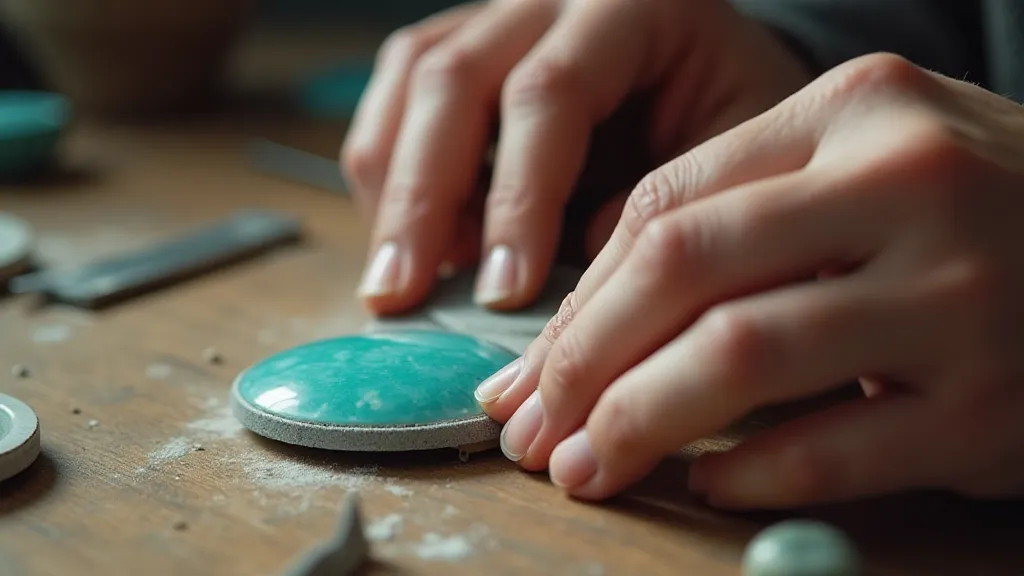
A Brief History of the Cabochon
The cabochon – derived from the French word “caboche,” meaning rounded or egg-shaped – isn't a modern invention. Its history is as rich and layered as the stones themselves. For millennia, civilizations across the globe have prized cabochons. Ancient Egyptians adorned themselves with polished stones, often cut into rounded forms for aesthetic and symbolic reasons. Roman emperors favored them as seals, imprinting them with personal emblems. Native American cultures have long used cabochons in ceremonial jewelry and adornments. They’s been a treasured form ever since.
The appeal of the cabochon lies, in part, in its inherent simplicity. Unlike faceted stones, which require exacting angles and precise cuts, cabochons embrace the natural beauty of the material. They highlight the patterns, colors, and textures that would be lost with faceting. They feel organic, connected to the earth, and imbued with a quiet elegance.
The Tools of the Trade: Getting Started
Don't be intimidated by the seemingly specialized equipment. While advanced lapidary setups can be quite elaborate, you can absolutely begin with a basic setup. Here's a foundational list:
- Dremel or Rotary Tool: Essential for initial shaping and grinding.
- Diamond Grinding Pads: These come in various grits, allowing for progressively finer shaping.
- Leather or Felt Polishing Pads: For achieving that final, lustrous shine.
- Lubricant: Water or a specialized lapidary lubricant to keep the stone and pads cool and prevent clogging.
- Safety Glasses & Dust Mask: Absolutely crucial for protecting your eyes and lungs.
There are more sophisticated tools like cabochon machines which speed up the process, but they aren’t necessary when you're beginning. The true artistry lies in the touch, the observation, and the willingness to learn from mistakes.
The Process: From Rough Stone to Polished Gem
The journey from rough stone to polished cabochon is a deliberate dance between control and surrender. Here's a simplified overview:
- Shaping: Using a Dremel and diamond grinding pads, you begin to shape the stone, removing excess material and establishing the basic form. This requires a patient hand and a keen eye for symmetry.
- Grinding: Progressively finer grit pads are used to smooth the surface, eliminating scratches and imperfections. Each grit builds upon the previous one, creating a progressively refined surface.
- Sanding: Using even finer grit pads, the surface is meticulously sanded to create an exceptionally smooth base for polishing.
- Polishing: This is the final unveiling. A polishing pad, charged with a polishing compound, is used to bring out the stone's natural luster. It’s a moment of quiet satisfaction, seeing the stone transform under your touch.
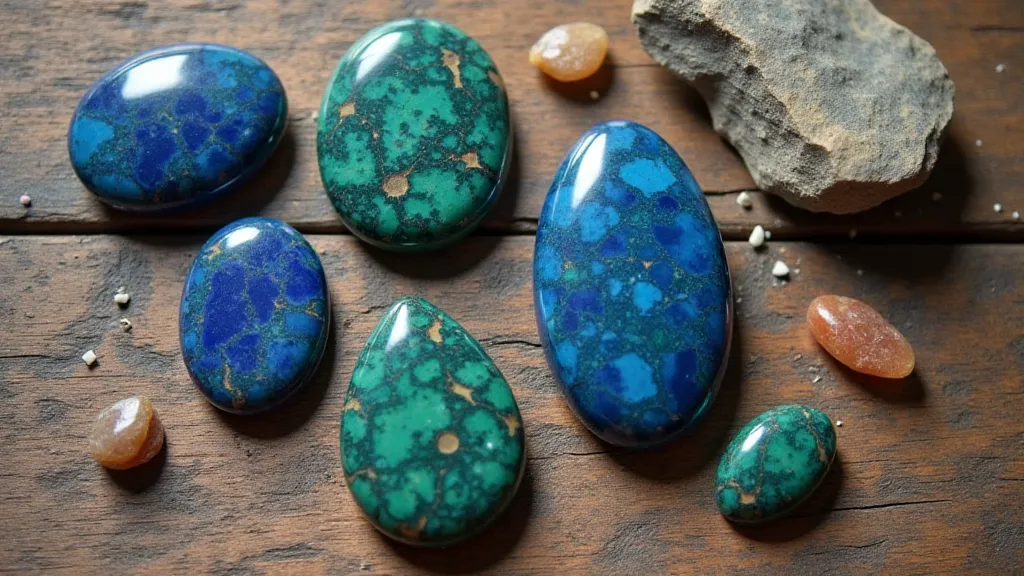
Finding Your Flow: The Meditative Aspect
For me, the most profound aspect of cabochon making isn't the finished product, but the process itself. It’s a form of active meditation. The repetitive motions, the focused attention, the tactile engagement – they all combine to create a state of deep concentration. The world outside fades away, leaving only the stone, my hands, and the quiet hum of the Dremel.
It’s a tactile grounding – a welcome antidote to the digital demands and constant notifications of modern life. And there’s a tangible reward in creating something beautiful and enduring from raw, natural materials. I've found that I can often approach challenges with renewed clarity and perspective after even a short session in the lapidary workspace. It is in those moments of quiet focus that the true beauty and therapeutic power of cabochon making reside.
Beyond the Basics: Experimentation and Creativity
Once you’ve mastered the basic techniques, the possibilities for creativity are endless. Experiment with different stones, different shapes, different finishing techniques. Try incorporating other materials, like wire or beads, to create unique jewelry pieces.
Consider restoration projects – taking old, damaged pieces and bringing them back to life. This is a great way to hone your skills and learn from the mistakes of the past. Or simply enjoy the satisfying act of creating something beautiful and useful, a tangible piece of art born from the patient rhythm of your hands.
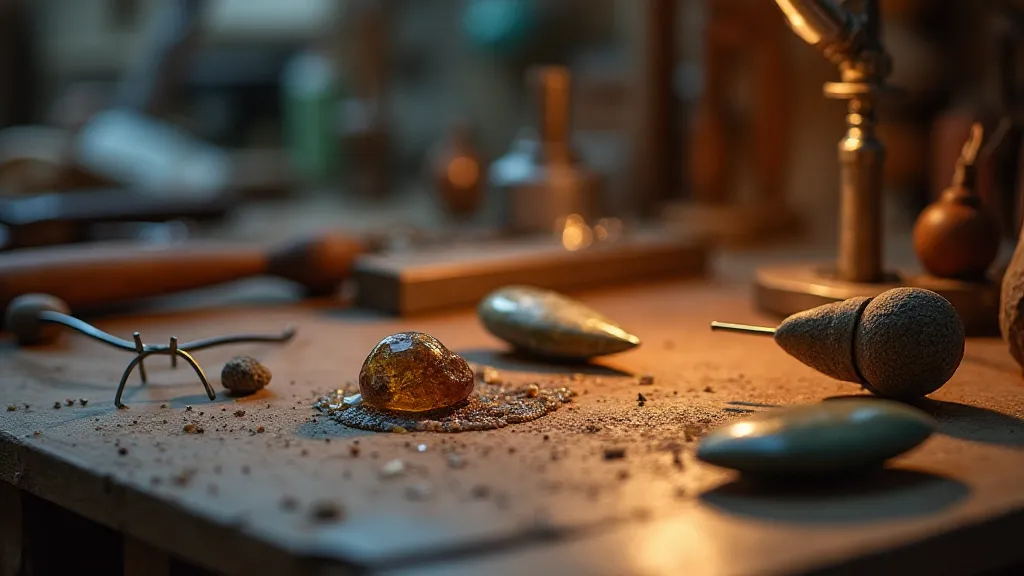
Cabochon making is more than just a craft; it’s a pathway to mindfulness, a connection to the earth, and a celebration of beauty in its most elemental form. It is a journey of discovery – both of the stone and of yourself.
